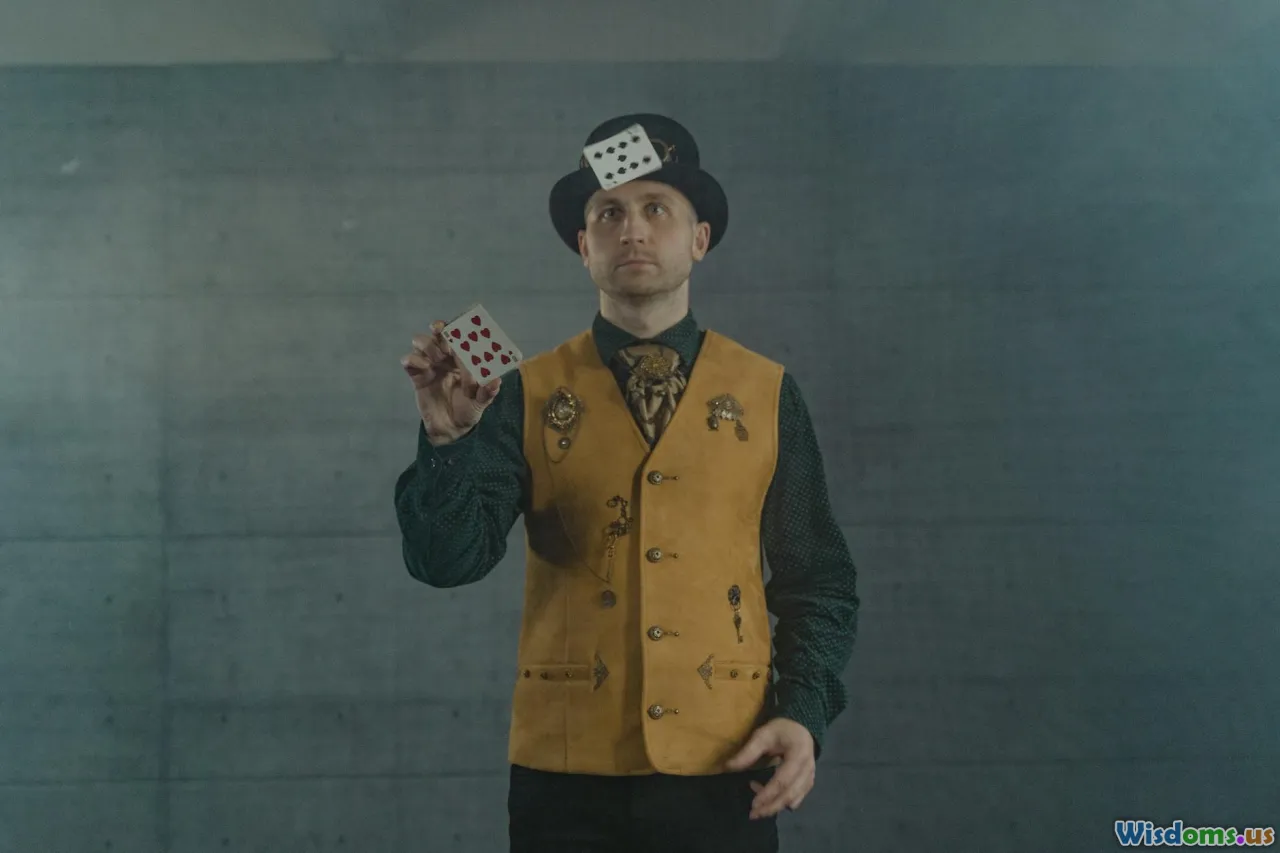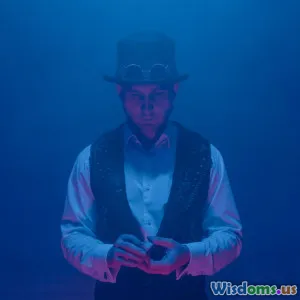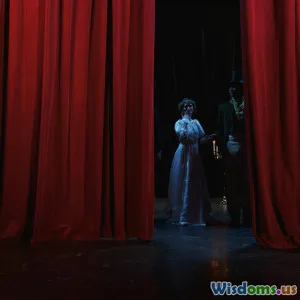
The Secrets of Stagecraft in Magic
8 min read Explore the hidden art of stagecraft in magic, revealing how illusions come alive through lighting, misdirection, and showmanship. (0 Reviews)
The Secrets of Stagecraft in Magic
Magic isn’t just about pulling rabbits out of hats or making objects vanish—it's a carefully woven performance art, where every element behind the scenes shapes the audience’s experience. The secret to transforming simple tricks into awe-inspiring spectacles lies in the intricate practice of stagecraft. This art form orchestrates everything from lighting and sound to timing and psychology, creating illusions so convincing they defy rational explanation.
In this article, we’ll unveil the hidden techniques magicians use to engage, deceive, and enchant. Whether you're a casual fan or an aspiring conjurer, understanding stagecraft’s nuances will deepen your appreciation for the craft and illuminate how impossible feats are made possible.
Crafting the Illusion: The Role of Stage Design
Stage design in magic is more than mere aesthetics; it frames the entire performance. Consider the legendary David Copperfield’s felonious escapes and disappearing acts—they rely heavily on elaborate props and stage setups that mask mechanisms or entrances unseen by the audience.
Take, for example, the classic "Sawing a Woman in Half" illusion. The effectiveness depends on hidden compartments, precise angles, and stage mechanics that the audience never perceives. Every drape, table, or box is strategically placed to conceal secret panels or assistants, often in plain sight.
The stage space itself is a key player. Open stages increase the challenge to hide mechanisms, whereas enclosed or elevated stages offer more flexibility for complex setups. By controlling what the audience can or cannot see, magicians set the stage (quite literally) for the impossible.
Lighting and Sound: Manipulating Perception
Lighting is arguably one of the most powerful tools in a magician’s arsenal. It guides the audience’s attention, highlights key objects, and cloaks movements in shadow.
A famous anecdote about the magician Chung Ling Soo (the stage persona of magician William Robinson) illustrates lighting's importance. Soo was meticulous about lighting control, often tailoring lights to ensure shadows hid critical moments. This control heightened the mystique around his acts.
Modern magicians often use dynamic lighting: suddenly dimming or brightening light to obscure a sleight of hand, or using colored lights to distort perception. Spotlights draw the eyes away from secret actions, while sound effects can distract or amplify suspense.
Additionally, sound cues are synchronized with movements, amplifying dramatic moments. Carefully timed drum beats or crescendos divert attention away from a subtle hand movement. Combining light and sound is not incidental—it’s an elaborate dance designed to manipulate the audience’s senses.
The Power of Misdirection: Psychology Behind the Magic
Misdirection is the cornerstone of magic, rooted deeply in how the human brain processes attention and perception. The concept is simple: divert the audience’s focus to a less critical area while the secret move happens elsewhere.
Renowned magician Derren Brown often discusses misdirection, emphasizing subtle body language and narrative to guide the audience’s eyes and thoughts. He explains that our brains can't process everything simultaneously, making them vulnerable to manipulation.
For example, a flashy gesture with the right hand might draw eyes and thoughts, while the left hand deftly preludes the next phase of the illusion. Even verbal cues—a joke, story, or sudden shout—can catalyze distraction, ensuring the ‘hidden’ move remains unnoticed.
Recent studies in cognitive psychology back these methods, showing that attention is selective and easily guided, a fact magicians exploit relentlessly. Understanding these attention patterns elevates the performance from a simple trick to a dynamic psychological experience.
Timing and Practice: The Craftsmanship Behind Every Move
While props and sensory manipulation are vital, the magician’s skill and meticulous timing ultimately make or break the illusion.
Harry Houdini, the iconic escape artist, exemplifies this. His success was not only mechanical but also a result of rigorous rehearsal and acute timing. Every lockpick, every breath, was calculated—guided by an acute sense of rhythm and moment.
In practice, the timing of each move synchronizes exactly with cues—musical beats, audience reactions, lighting changes—to maintain the illusion seamlessly. Even tiny deviations may reveal the secret or dissipate the sense of wonder.
A recent survey of professional magicians revealed that most spend hundreds of hours in rehearsal not only mastering mechanics but also perfecting these micro-timings. The artistry of timing culminates in a performance that appears effortless, making the impossible believable.
Showmanship and Storytelling: The Final Layer
Beyond the technical lies showmanship—the magician’s charisma, storytelling, and engagement skills transform tricks into memorable experiences.
Penn & Teller, for instance, blend humor and narrative with their unique brand of magic, inviting the audience inside the mystery without fully revealing it. Their performances are a testament to how narrative and personality elevate stagecraft.
A compelling story turns simple illusions into emotional journeys, heightening suspense and investment. It also guides the audience’s mental framing of the trick, smoothing over potential doubts or inconsistencies.
Simply put, no matter how flawless the technical elements, the performer's ability to connect emotionally completes the magic.
Conclusion
The secrets of stagecraft in magic illuminate a fascinating interplay of science, psychology, and artistry behind every captivating illusion. From meticulous stage design and lighting techniques to the masterful direction of audience attention through misdirection and timing, every element fine-tuned to perfection shapes the magic.
When you next watch a magician defy reality, remember: it’s not just about the trick itself but the entire symphony of stagecraft that lets imagination soar. For performers and fans alike, understanding these techniques heightens the awe, reminding us that the greatest magic is crafted by human ingenuity and creativity.
Embark on your own journey of discovery and perhaps one day, wield these secrets to enchant your own audience.
Rate the Post
User Reviews
Popular Posts




















